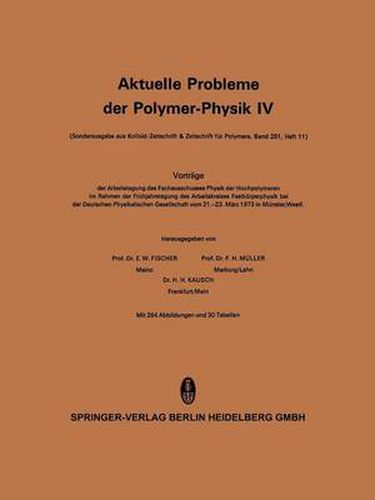Readings Newsletter
Become a Readings Member to make your shopping experience even easier.
Sign in or sign up for free!
You’re not far away from qualifying for FREE standard shipping within Australia
You’ve qualified for FREE standard shipping within Australia
The cart is loading…






This title is printed to order. This book may have been self-published. If so, we cannot guarantee the quality of the content. In the main most books will have gone through the editing process however some may not. We therefore suggest that you be aware of this before ordering this book. If in doubt check either the author or publisher’s details as we are unable to accept any returns unless they are faulty. Please contact us if you have any questions.
that in all statistical calculations we only have derived most probable i.e. average quantities In this paper the meander model of muscle is proposed (e.g. geometries, forces) a.nd did not care about and treated quantitatively. The geometries of myosin and uninterrupted actin filaments as weIl as of the Z their fluctuations which in principle could also zone in vertebrate striated muscle are derived from be evaluated. thermodynamic equilibrium considerations. Cross- The proposed meander model of muscle is bridges formed by the myosin projections and the actin suitable to explain active as weIl as passive meander folds are considered either to be loose or closed. Mg A TP action enables them to rearrange forces and removes, therefore, the difficulties. cyclically. The closed bridges give rise to a thermodynamic inherent in Huxleys sliding filament model. . contractive force on the actin filament. Also passive and We cannot exclude, however, that there is a active stress-strain behaviour (under isometrie condi- small contribution to the passive elastic be- tions) agree with experiment. haviour from elements (e.g. membranes) in Zusammenfassung parallel to the sliding filament system.
$9.00 standard shipping within Australia
FREE standard shipping within Australia for orders over $100.00
Express & International shipping calculated at checkout
This title is printed to order. This book may have been self-published. If so, we cannot guarantee the quality of the content. In the main most books will have gone through the editing process however some may not. We therefore suggest that you be aware of this before ordering this book. If in doubt check either the author or publisher’s details as we are unable to accept any returns unless they are faulty. Please contact us if you have any questions.
that in all statistical calculations we only have derived most probable i.e. average quantities In this paper the meander model of muscle is proposed (e.g. geometries, forces) a.nd did not care about and treated quantitatively. The geometries of myosin and uninterrupted actin filaments as weIl as of the Z their fluctuations which in principle could also zone in vertebrate striated muscle are derived from be evaluated. thermodynamic equilibrium considerations. Cross- The proposed meander model of muscle is bridges formed by the myosin projections and the actin suitable to explain active as weIl as passive meander folds are considered either to be loose or closed. Mg A TP action enables them to rearrange forces and removes, therefore, the difficulties. cyclically. The closed bridges give rise to a thermodynamic inherent in Huxleys sliding filament model. . contractive force on the actin filament. Also passive and We cannot exclude, however, that there is a active stress-strain behaviour (under isometrie condi- small contribution to the passive elastic be- tions) agree with experiment. haviour from elements (e.g. membranes) in Zusammenfassung parallel to the sliding filament system.